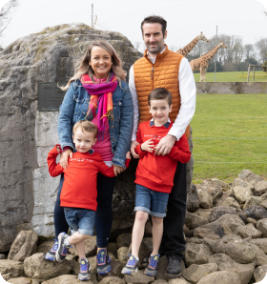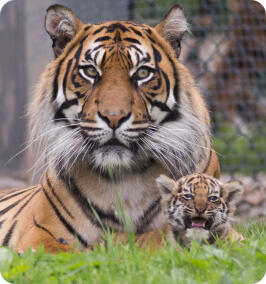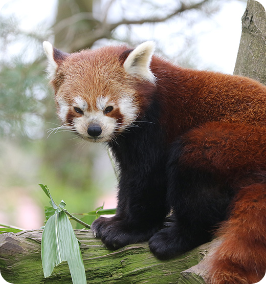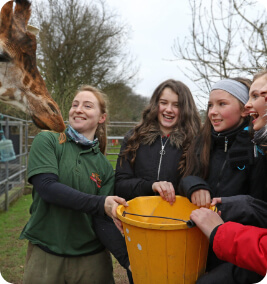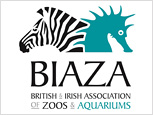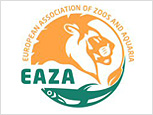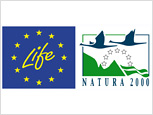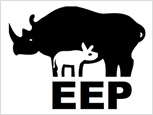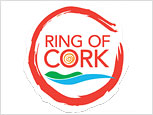The purpose of Wildlife Parks and Zoos has changed. Initially established as exhibitions of exotic and wild animals, Zoos began developing their own self-sustaining populations in captivity in the late 1970s when it became clear that the number of species in the wild was in serious decline.
The concept of re-introduction programmes quickly followed and over 200 species – including the Arabian Oryx, Golden Lion Tamarin and Californian Condor – have now been saved from extinction and re-introduced back into their own native habitat by carefully established and monitored breeding programmes.
Fota Wildlife Park participates in the European Endangered Species Breeding Programme (EEP) for several different animals, including the Cheetah, Lechwe, European Bison and Simitar-horned Oryx. EEP help manage the animal populations being kept in European Association of Zoos and Aquaria (EAZA) zoos, and each individual programme has a co-ordinator – someone with a special interest in or knowledge of a particular species.
The co-ordinator is tasked with collecting information about the species’ status, producing and maintaining a studbook and planning for how to manage the animal in the future. A Species Committee then makes recommendations on which animals should breed, move to another zoo or be loaned to another programme each year. Fota has two studbooks at present – for the Northern Cheetah and the Lechwe (Kobus leche).
Related Pages
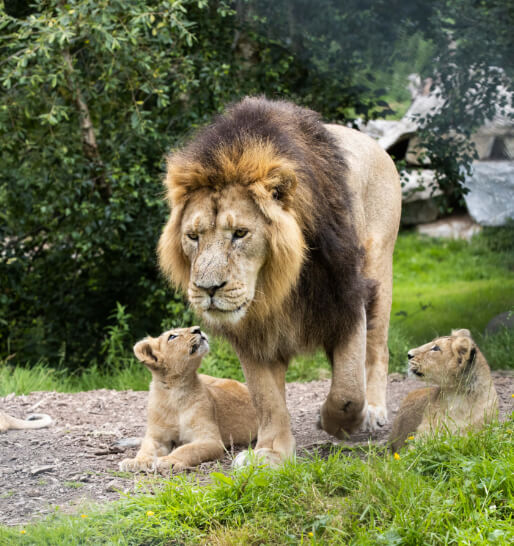
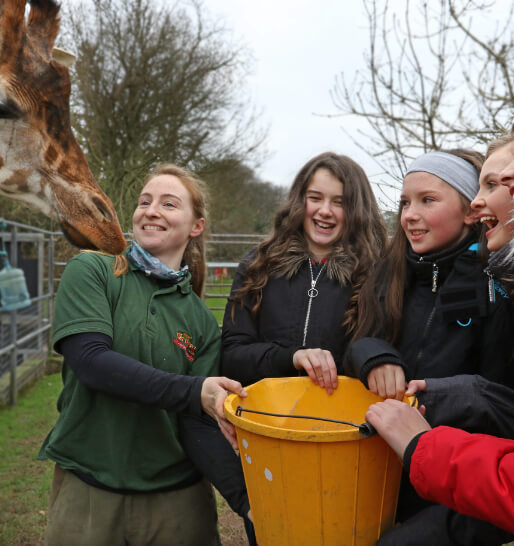
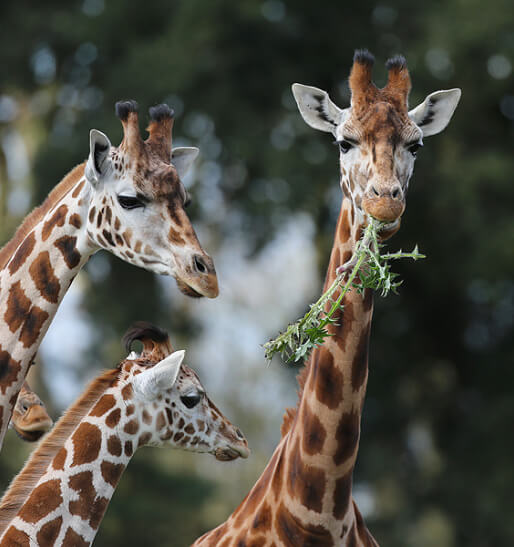
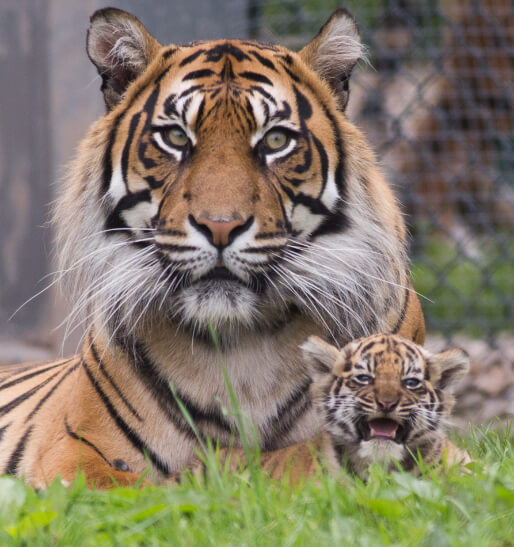
COME AND JOIN OUR ONLINE COMMUNITY
LIKE AND FOLLOW US
Keep up to date on the latest news and happenings from Fota Wildlife Park. Tag your social media photos with #FotaWildlife to share!
